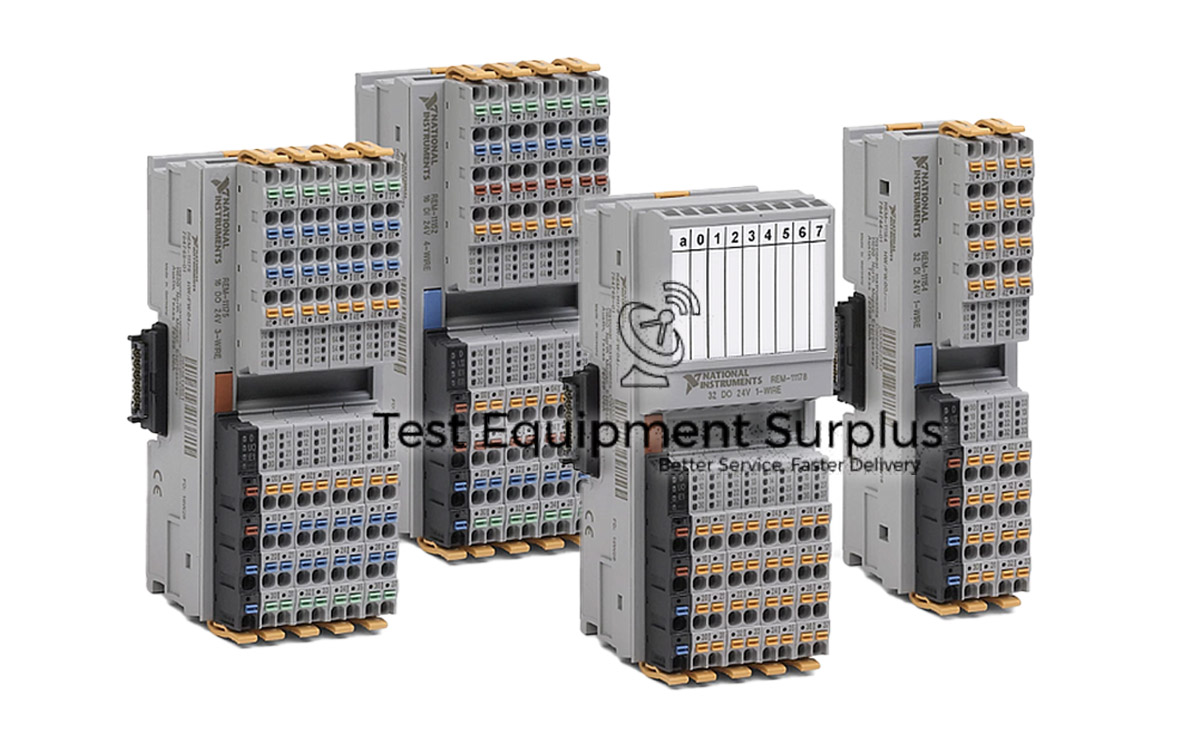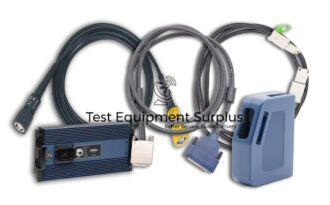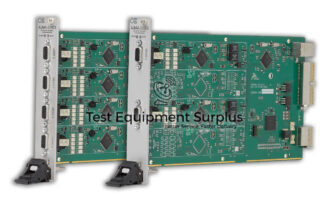Description
The National Instruments REM-11152 Digital Module, with a part number 784743-01, is engineered to handle digital input frequencies up to 5 kHz. It is categorized as a Digital Module specifically designed for Remote I/O applications. The module features 16 input channels that operate with a nominal input current of 2.4 mA and a nominal input voltage of 24 VDC. Connectivity is made effortless with spring-terminal connectors, simplifying installation and maintenance.
Communication with higher-level systems is achieved through the EtherCAT protocol, which allows for seamless integration into existing networks. The REM-11152 supports both Type 1 and Type 3 EN 61131-2 inputs, providing flexibility for various industrial sensors. Additionally, the module’s sensor supply is safeguarded with overload and short-circuit protection, ensuring reliability in demanding environments. Inputs are processed with a default filter time of 500 µs, which helps to mitigate noise and ensure accurate readings.
| Specification | Detail |
|---|---|
| Product Name | National Instruments REM-11152 Digital Module for Remote I/O |
| Part Number | 784743-01 |
| Input Frequency | Up to 5 kHz |
| Module Type | Digital Module |
| Application | Remote I/O |
| Number of Input Channels | 16 |
| Nominal Input Current | 2.4 mA |
| Nominal Input Voltage | 24 VDC |
| Connectors | Spring-terminal |
| Communication Protocol | EtherCAT |
| EN 61131-2 Input Types Supported | Type 1 and Type 3 |
| Sensor Supply Protection | Overload and short-circuit protection |
| Default Input Filter Time | 500 µs |
Question 1: What are the specifications of the National Instruments REM-11152 Digital Module’s input channels, including their handling of digital input frequencies, nominal input current, and voltage, and how does its design support efficient connectivity and communication in industrial settings?
Answer 1: The National Instruments REM-11152 Digital Module is compatible with various industrial sensors that adhere to Type 1 and Type 3 EN 61131-2 specifications.
Question 2: What are the key features and specifications of the National Instruments REM-11152 Digital Module designed for Remote I/O applications, including its input channel count and protection measures?
Answer 2: The National Instruments REM-11152 Digital Module can handle digital input frequencies up to 5 kHz and features spring-terminal connectors for easy connectivity, supports both Type 1 and Type 3 EN 61131-2 inputs for sensor compatibility, and includes overload and short-circuit protection to ensure reliable operation.
Question 3: What type of industrial sensors does the National Instruments REM-11152 Digital Module, part number 784743-01, accommodate with its support for both Type 1 and Type 3 EN 61131-2 inputs?
Answer 3: The National Instruments REM-11152 Digital Module’s input channels can handle digital input frequencies up to 5 kHz, operate with a nominal input current of 2.4 mA, and a nominal input voltage of 24 VDC; its design features spring-terminal connectors for efficient connectivity and supports the EtherCAT protocol for seamless communication in industrial settings.
Question 4: What types of industrial sensors are compatible with the National Instruments REM-11152 Digital Module due to its support for Type 1 and Type 3 EN 61131-2 inputs?
Answer 4: The National Instruments REM-11152 Digital Module, part number 784743-01, accommodates various industrial sensors that conform to Type 1 and Type 3 EN 61131-2 input standards.
Question 5: What type of input frequencies can the National Instruments REM-11152 Digital Module handle, and what are its key features for connectivity and sensor compatibility?
Answer 5: The National Instruments REM-11152 Digital Module, designed for Remote I/O applications, boasts key features including the ability to handle digital input frequencies up to 5 kHz, 16 input channels with a nominal input current of 2.4 mA and voltage of 24 VDC, spring-terminal connectors for easy connectivity, and support for the EtherCAT protocol. It also supports Type 1 and Type 3 EN 61131-2 inputs, offers overload and short-circuit protection for its sensor




